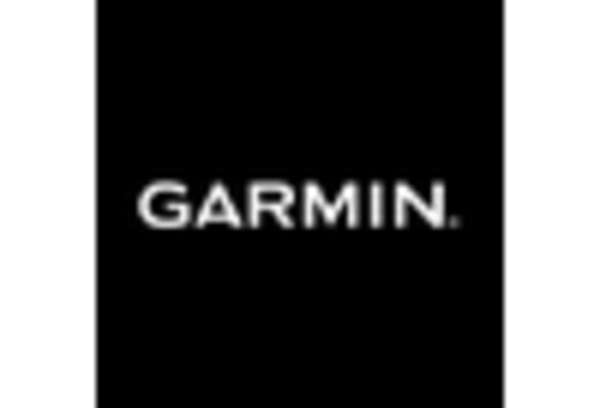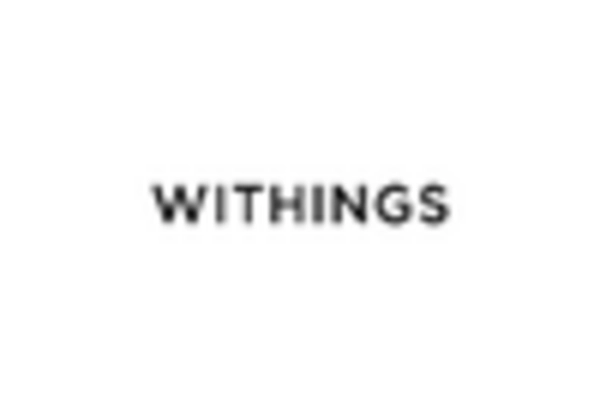Technological Advancements
The Stress Tracking Device Market is experiencing a surge in technological advancements, which significantly enhances the functionality and appeal of stress tracking devices. Innovations such as artificial intelligence and machine learning are being integrated into these devices, allowing for more accurate stress level assessments and personalized feedback. According to recent data, the market for wearable technology is projected to reach USD 60 billion by 2026, indicating a robust growth trajectory. This technological evolution not only improves user experience but also fosters greater consumer trust in the efficacy of stress tracking devices. As a result, the Stress Tracking Device Market is likely to attract a broader audience, including those who may have previously been skeptical about the benefits of such devices.
Integration with Health Apps
The integration of stress tracking devices with health applications is a significant driver for the Stress Tracking Device Market. As consumers increasingly rely on mobile applications for health management, the ability to sync stress tracking devices with these platforms enhances user engagement and data accessibility. This integration allows users to monitor their stress levels alongside other health metrics, creating a comprehensive view of their well-being. Market analysis suggests that the health app market is expected to grow at a CAGR of 25% over the next five years, indicating a strong potential for stress tracking devices to capitalize on this trend. Such synergies are likely to elevate the relevance of stress tracking devices within the broader health and wellness ecosystem.
Rising Mental Health Awareness
In recent years, there has been a notable increase in mental health awareness, which plays a crucial role in the growth of the Stress Tracking Device Market. As individuals become more cognizant of the impact of stress on overall well-being, the demand for tools that help monitor and manage stress levels is likely to rise. Surveys indicate that approximately 70% of adults recognize the importance of mental health, leading to a greater acceptance of stress management solutions. This heightened awareness encourages consumers to seek out stress tracking devices as proactive measures for mental health maintenance. Consequently, the Stress Tracking Device Market is positioned to benefit from this cultural shift towards prioritizing mental health.
Workplace Wellness Initiatives
The implementation of workplace wellness initiatives is increasingly influencing the Stress Tracking Device Market. Organizations are recognizing the importance of employee well-being and are investing in tools that promote stress management. Research shows that companies that adopt wellness programs can see a 25% reduction in employee stress levels, which in turn enhances productivity and job satisfaction. As more businesses integrate stress tracking devices into their wellness strategies, the market is expected to expand. This trend not only reflects a commitment to employee health but also highlights the potential for stress tracking devices to become essential components of corporate wellness programs, thereby driving growth in the Stress Tracking Device Market.
Increased Focus on Preventive Healthcare
The growing emphasis on preventive healthcare is a pivotal factor driving the Stress Tracking Device Market. As healthcare systems shift towards preventive measures, individuals are becoming more proactive in managing their health, including stress levels. This trend is supported by data indicating that preventive healthcare can reduce overall healthcare costs by up to 30%. Stress tracking devices serve as valuable tools in this preventive approach, enabling users to identify stress triggers and implement coping strategies before issues escalate. The increasing recognition of the importance of mental health in preventive care is likely to propel the demand for stress tracking devices, thereby fostering growth within the Stress Tracking Device Market.
















Leave a Comment